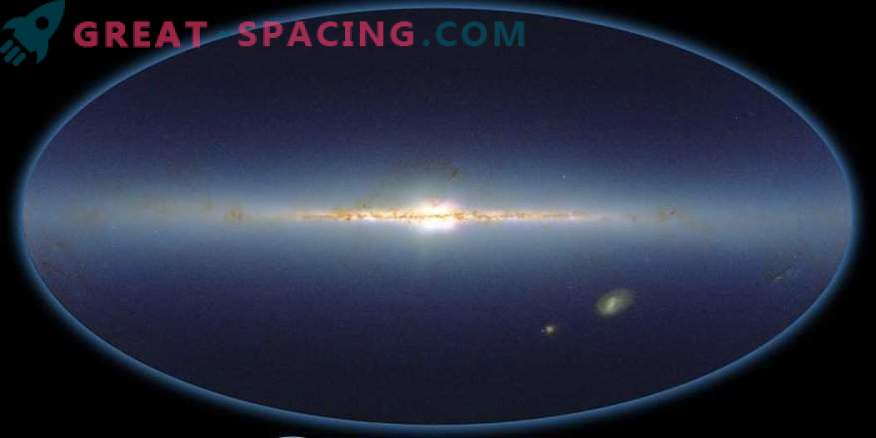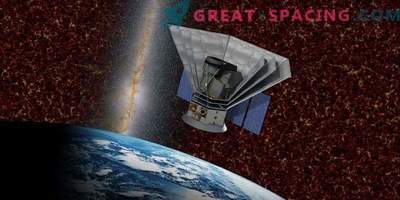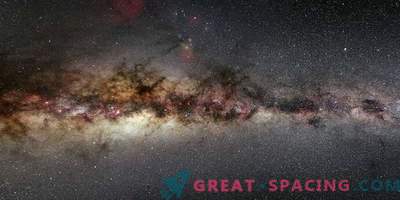
Recently, NASA selected 6 new proposals for conceptual research. Among them is SPHEREx, which aims to reveal universal secrets through a large-scale spectral survey. If the mission passes the selection, then this spacecraft will help to understand whether we have a chance to find viable planets.
SPHEREx should conduct the first global infrared spectral imaging of the sky. This is a huge array of information that will help to study the spectra of galaxies, stars, quasars, clusters and our galaxy.
It is planned to be placed on a small satellite with trackers and solar panels. The payload will be 69 kg, including the telescope itself. Also present are photon screens that protect against terrestrial and solar radiation.
Technicians are going to create a simple and reliable ship that maximizes bandwidth and spectrum efficiency. It is devoid of moving parts, except for the solar diaphragm and the protective visor.
A 20 cm aluminum telescope with a field of view of 3.5 ° x 7 ° will enter the useful optical load. Several lengths of light will help evaluate the created light even from the first galactic generation. It will have to solve three scientific problems. First of all, it is a search for traces of inflation - non-Gaussianity. Further, the mission will study the aquatic and biogenic ices in the interstellar medium. And SPHEREx will study the history of the galactic formation.
It is believed that the device will work for 25 months, during which it will display the whole sky 4 times. The data will be available to the scientific community around the world.
Scientists hope that NASA will approve the mission, which is able to give important clues to the origin of the entire universe. For example, there are prerequisites to the fact that the creation of space is closely bordered by inflation.
Now SPHEREx is at the initial development stage (phase A), which takes 9 months. In 2019, the agency will decide whether to launch the unit into space. The earliest installation date is 2022.











































